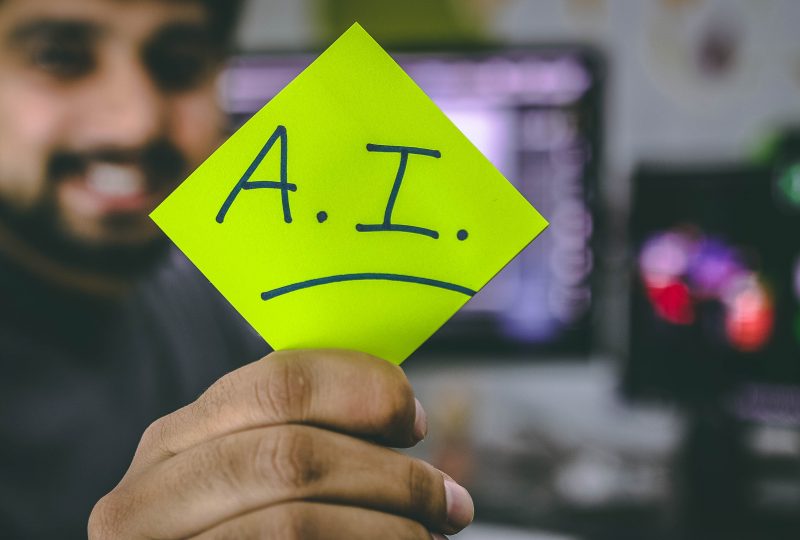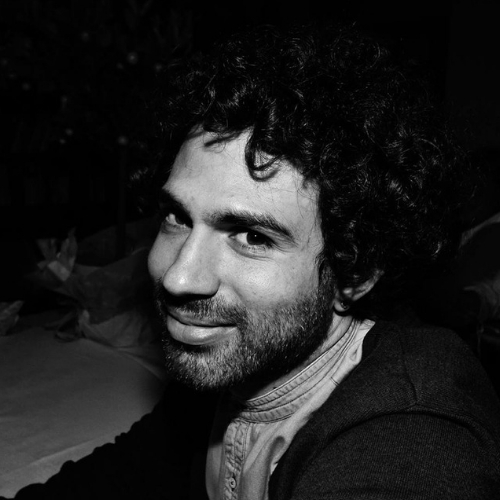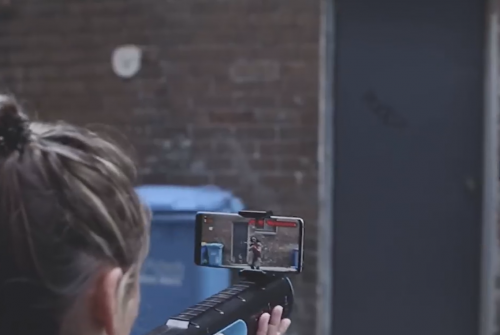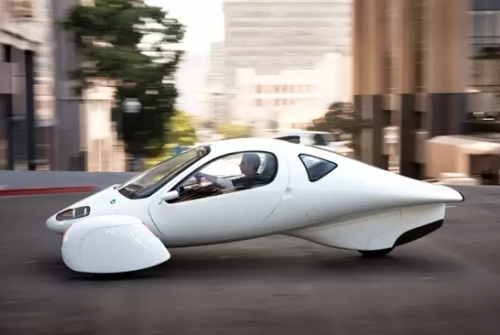Artificial intelligence in companies, everyone wants it but few know how to develop it
10 September 2019 | Written by Thomas Ducato
The ARGO Vision company has been working with companies since 2016 to implement AI within products and services

According to a survey by the Gartner company in early 2019, the number of companies that use artificial intelligence has grown by 270% in the last four years. Important numbers for a rapidly growing and expanding technology, which is attracting the attention of an increasing number of companies which, compared to the past, consider it ready for massive adoption. The markets affected by this revolution are more and more and not always companies are able to master these technologies internally. The market, therefore, requires a new type of technological company, able to create customized solutions for customers and that supports in this delicate and exciting process of innovation. Among these is ARGO Vision, an innovative startup, founded in 2016 in Milan, which deals with artificial vision.
We interviewed Alessandro Ferrari, founder, and administrator of ARGO Vision.
How did your company come about and what does it do?
ARGO Vision was founded in 2016, we have just completed three years. We were born with the idea of developing machine learning and computer vision solutions in an open innovation logic. We work with companies that by their nature, size or competence do not have the ability to develop solutions related to the world of artificial intelligence. We bring experience and expertise within these realities, in their products, services and production processes to enhance their offer with our algorithms. We do this with the logic of open innovation: we “inject” our artificial intelligence into the customer’s product so that it can evolve. There is a sharing on several levels: technological, strategic and commercial.
Does this approach work?
Definitely yes, we are winning our bet. The demand for this type of collaboration in recent years has soared. Companies that come to us have innovative ideas to implement, but do not have the necessary skills: they are companies that have understood that they must evolve quickly to remain competitive. To use a metaphor, ARGO Vision adds cashmere to the customer’s piece of clothing to take it to a higher level of performance and value. We use proprietary technologies: we started three years ago with our algorithmic core that we still continue to improve and extend according to new products and projects that are commissioned to us. Continuous technical updating and scientific research are the keys to our competitiveness.
What are you specialized in?
Artificial intelligence is a very large sector, there are many variations of the term IA. We specialize in two of the pillars of AI: computer vision and machine learning. Our technologies are directly or indirectly used by thousands of users all over the world, to date a dozen companies use ARGO Vision technology in different markets.
Can you give us an example?
One of the most innovative projects we can mention is “CyclopEye”, the neural sensor for the most advanced smart parking on the market: AGLA Elettronica, a project partner company, wanted to develop a new solution for smart parking based on AI and computer vision: in a few meetings we defined the project and established the “roles”: AGLA Elettronica was responsible for the design and production of the hardware, we provided the AI software and algorithms and now we jointly propose the product on the market. Returning to a more general discourse we have products and technologies of great perspective in many sectors: augmented reality, virtual reality, medical, big data, smart mobility, industrial quality control, and others. Our approach to the market is horizontal, I would say systemic more that vertical or product.
How is your team structured?
At the moment, considering only the research and development part, we are all 6 with an IT or mathematical background. The selected people must have specific skills and, I must admit, it is not easy to find them: for us, it is not necessary for them to have experience in AI but must have above-average mathematical and code development skills. Internally we have a sort of academy with which we train all employees on an ongoing basis. Paradoxically, the recruiting process is turning out to be more complicated than the “normal” development activity.
Why?
Recent graduates often have the right ambition to “break”, to change the world by developing intelligent solutions, but they do not pose the problem of the complexity of a product that really works. We do not develop demos in ARGO Vision, we develop products. This creates a certain distance between what we seek and the offer on the market. From an educational point of view, the Italian university is late: it remains excellent in creating basic knowledge but does not really prepare students for the world of work in this sector. In the United States, it is different and it is perceived. In a world where innovation goes fast, we can no longer afford not to have direct contact with the technological and business world. By now the university is no longer the driving force behind research in this sector, it is quite evident when looking at the top AI conferences. This is a theme to think about as it brings to the fore a problem of scientific leadership now almost entirely the prerogative of the big global IT players.
Let’s go back to customers, how and with whom do you work?
We are mainly focused on B2B. To give an example: in the field of virtual reality, we do not create the immersive experiences that the end-user sees in the helmet. We create back-end technology based on artificial intelligence that a company specializing in the sector uses to improve its production processes. We are strongly active in the study of algorithms for the generation of virtual content, a sort of “synthetic” creativity that starts from the recognition of real objects. Regardless of the final market, we work with realities, by size, very different from each other: from small to medium-sized enterprises up to multinationals. The same needs for innovation are manifested by both small and large companies, the dynamics are very similar.
How is the world of AI changing and how is this technology perceived today?
We are moving towards greater integration of human perception and algorithms based on neural networks. The AI world in recent years has experienced a season of great enthusiasm. On the one hand, there is a perception, almost magical, of technology without limits, on the other we start to question about ethical, social and economic problems linked to the exponentiality of artificial intelligence. Of all, the issues of privacy, the ethical use of AI and the new “slaves” that label data stand out. These will be the monopolizing themes of the world debate in the coming years in my opinion.
So what are the main difficulties you encounter?
There are still many problems open at the scientific level, in particular, those that concern the full understanding of some peculiarities of neural networks and their potential. Then there is the issue that concerns the perception of the maturity of technology: the expectations of customers and end-users are always higher, often driven by a slightly “unscrupulous” marketing that tells of a world now governed by artificial intelligences always more advanced. Years go by between scientific research and concrete technological effects, mainly due to problems of “infrastructural” adoption of new discoveries.
In what sense?
Al algorithms evolve at a great speed, but the “litmus test” is their application in the real world, in which they must act and interact with human beings. This is the case, for example, of autonomous cars: moving in a mixed environment (with pedestrians, cyclists, autonomous and non-autonomous vehicles) there are always new situations, problems that are very difficult to deal with at an algorithmic level but that will probably be solved when there will be infrastructures ready to accommodate an eco-system of autonomous driving vehicles. Until then we will only see fascinating demos in semi-controlled environments (closed paths, highways, low congested roads). If absurdly, we imagined redesigning mobility from scratch based only on autonomous vehicles, self-driving cars would be a normal, almost banal, everyday life for many years. The reality is that we have to deal with over a billion old-generation cars that make the adoption of this new technology an open challenge. What I see is precisely a problem of perception in the complexity of the adoption of the AI that too often distorts the expectations of non-experts.





